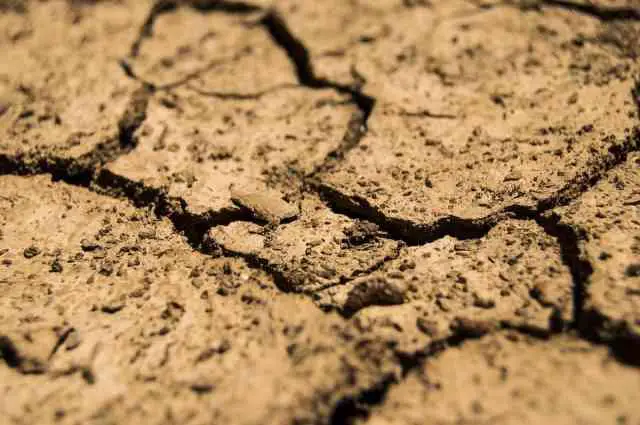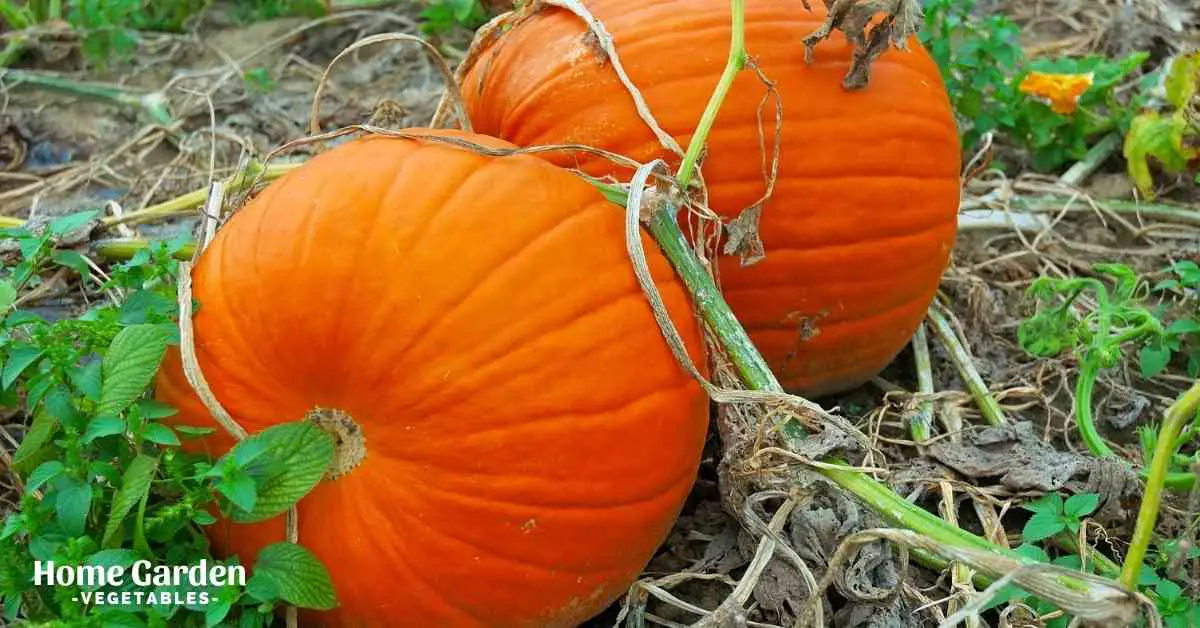Will pumpkins grow in clay soil is a question I am asked frequently because my vegetable garden is all clay soil. Each year I grow pumpkins and each year I try and grow them even bigger than the year before! This versatile veg is great in pies, soup, or stuffed. Pumpkin is a traditional favorite and the star ingredient of many classic recipes. And let’s not forget the cool Halloween decorations they make!
Pumpkin is a versatile ingredient in the kitchen. Pumpkin can be used in both sweet and savory dishes, pumpkin is nutritious and easy to grow. Once a pumpkin crop is established, you’ll find it free from pests and diseases and very productive. A single pumpkin can weigh between 10 to 20 pounds!
Reader Poll: What online courses would interest you?
The majestic vegetable is a great choice for any garden, but will pumpkins grow in clay soil? What kind of soil does pumpkin grow best in, and how can you ensure its optimal growth in clay soil? Continue reading to find out everything.
What Kind Of Soil Is Best For Growing Pumpkin?
Pumpkins grow in Fertile, well-drained loamy soil with a neutral pH. As long as the soil is not too soggy, pumpkins will do well. They are heavy feeders, so you’ll need to ensure that the soil is rich in nutrients to support ideal growth. Before planting seeds or transplants add several inches of compost or aged manure. This will boost the soil’s nutrients.
Will Pumpkins Grow In Clay Soil?
Now that you know what a pumpkin’s idea is for great soil, the question arises – will pumpkins grow in clay soil? I can confirm from my own experience that pumpkins do grow very well in clay soil. The soil where I live is clay and I have no problems growing large pumpkins.
Subscribe to our newsletter!

Having said that clay soil isn’t the best soil for vegetables. There are a few things you can do to help pumpkins grow even better in clay soil. With a few improvements and tweaks, you can help pumpkins thrive no matter what kind of soil it’s growing in!
Long-Term Planning – How To Improve Soil
Before you plant out your pumpkin seeds is the best time to think about soil improvement. You can grow pumpkins straight into clay soil but for the best results make some changes to the soil first. Take some simple steps to improve the underlying structure of the soil. This will not only be good for pumpkins but also for any crop you want to grow in the coming seasons.
What I tend to do is use well-rotted manure. I layer this on the soil in autumn so this can start to work its way into the soil over winter. Apply lots of organic material to decompose in the soil over time. Manure enriches the soil with nutrients.
This breaks down clay soil to support ideal plant growth. It will have ample time to decompose and release nutrients into the soil. Once spring arrives till the soil to a depth of 10 to 12 inches.
Furthermore, you can introduce worms to the garden spot soil. Worms will break down and aerating the soil layers. Worms will also feed on the organic material that you have added to the soil and release castings. Worms help by adding lots of nutrients to the soil. Gypsum and compost can help bring worms to your garden naturally.
I always have at least 3 compost heaps working these help me reuse kitchen waste. Other than attracting worms, incorporating gypsum into the soil also improves its structure. Gypsum pushes the clay particles away from each other. This allows more room for drainage and water retention.
Short-Term Planning – Grow In Planting Holes

Don’t worry if you don’t have the time to improve soil structure. It is still possible to grow giant, sweet pumpkins in clay soil. They won’t mind the soil around them as long as they’re grown in rich, well-drained planting holes.
Pumpkins are deep-rooted plants. Dig a 1-foot deep, 2 to 3 feet wide hole in the ground.
To fill the hole, mix together topsoil from the hole, compost, and several soil amendments. Pumpkins are heavy feeders and will need a good mix of nutrients to keep them nourished from the start of the growing season. For each planting hole, mix in the following material to topsoil and compost before adding it in the hole:
- ½ cup blood meal
- 1 cup bone meal
- ¾ cup greensand
- ¼ cup hardwood ash
- ⅓ cup kelp powder
- 2 tbsp pelleted sulfur
- 2 tbsp lime
This is the recommended list of amendments you can add for vigorous pumpkin growth. You can adjust the list according to what’s available in your area. Fill the hole with the customized soil mix and set the pumpkin transplant in the center. Cover the roots with the soil mix and create a moat around the plant for efficient water retention.
Tips For Pumpkin Care When Grown In Clay Soil
When growing pumpkin in clay soil, you’ll need to be extra careful when watering. Pumpkins typically need an inch of water each week. Clay soil drains much slower than other types of soil.
The one benefit of clay soil is you may need to water less often to keep the garden from staying wet. Waterlogged soil isn’t good for pumpkins and will promote root rot.
Always poke a finger into the soil to check if it’s moist before offering any water. You may need to skip a watering or two if the water drains too slowly. Spread a layer of mulch among the plants to improve drainage. Mulches will prevent the natural compaction of clay soil and will promote ventilation.
Conclusion
So are you ready to grow some pumpkins? Whether you have sandy, loamy, or clay soil, pumpkins are one of the easiest vegetables to start your garden with. Pumpkins grow vigorously with little effort. Each plant will produce several large pumpkins for your classic recipes. Keep the biggest pumpkins for Halloween and surprise your kids with some unique carved faces!

